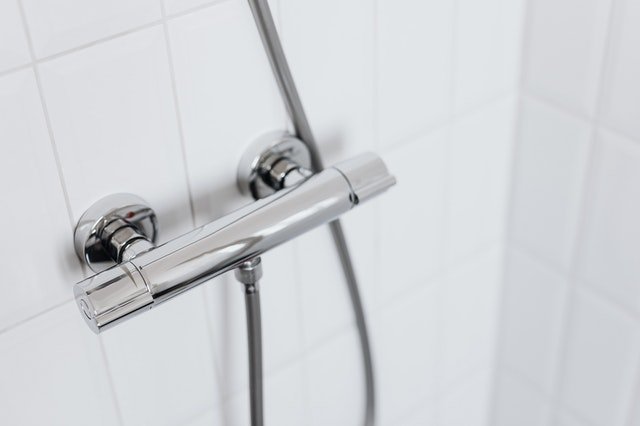How to Prevent Expensive Plumbing Repairs
RH Business Marketing Solutions
The average cost for plumbing services ranges between $350 and $700 for a regular job like repairing sinks, faucets, or toilets, and the average rate for hiring a technician ranges between $80 and $120 per hour depending on the day of the week and the market. Some contractors will also charge you a service fee of $100 or more for just showing up at your place, and your plumbing charges can also escalate if they do the work during an emergency event or weekend.
Plumbing services are among the most costly maintenance or repair services you can pay for. Here are a few tips to help you avoid expensive plumbing repairs in the future.
Carry Out Regular Checkups With a Checklist
Checking your pipes and fixtures regularly helps you detect plumbing problems with greater ease. To carry out these checkups effectively, you need to make a checklist. A regular checklist would include:
● Toilets
● Showers
● Washing machine
● Sump pump
● Water meter
● Sinks
● Tubs
● Shut-off valve
● Water mainline
● Outside
Avoid Exerting Extra Weight on Exposed Pipes
Although you might be tempted, experts recommend you don't use exposed pipes to hang your laundry. Additional weight from your clothing and the hanger strains the pipe and makes it more susceptible to leaks. So, you must find an appropriate place to hang your clothes to avoid unnecessary leaks and expensive repairs.
Go Trenchless
The advantages of trenchless pipe repair make it easier for those who need to repair their plumbing system. Trenchless pipe repairs cause less damage, provide better overall service quality, and are completed much faster than other repair methods. In the long run, going trenchless will give you a pipe solution that will be long-lasting and you'll also save more money.
Avoid Using Chemical Drain Clearing Products
Clogged drains are among the most prevalent plumbing headaches, and many people clear them using products that contain chemicals, but this is a big mistake. Such products are likely to erode your drain pipes, resulting in even greater damage. Using them repeatedly can eventually cause leaks and expensive repairs. Thus, hire a plumber to snake the drain and clear away the clog. Or, if you are DIY-savvy, you can buy your own snake for about $20 and clean the drain yourself.
Protect Your Pipes From Cold Temperatures
It gets extremely cold in the winter and your home needs sufficient insulation to protect your pipes. Even in a drafty house, it is still possible to protect your pipes by insulating exposed ones.
Choosing to insulate the pipes by yourself may not be the best option because you will only be able to access the pipes that are out in the open. But a plumber will insulate the pipes even in hidden areas of the home, particularly during renovations and remodels when the pipes are exposed. Request your plumber to install heat tape for pipeswhen they open your wall or expose the usually hidden pipes. This will maintain a water temperature of 55 degrees and above when the weather gets extremely cold.
Protect Your Drain From Hair and Food Particles
Strive to ensure that grease, hair, and food don't go down the drain. These substances often contribute to drain clogging, causing you lots of problems. There are various measures you can take to prevent potentially harmful stuff from going down the drain, including using drain strainers and alternative methods of disposing of waste.
Reduce the Water Pressure
We all enjoy high-pressure showers; however, pressure exerts unnecessary stress on your pipes, which can reduce the lifespan of the pipes and increase the possibility of a leak. So, measure your water pressure using a hose bib gauge and ensure the pressure is between 40 and 80 psi. If it is above this range, contact an expert plumber to install a pressure reducer.
Winterize Outdoor Spigots
If the temperatures fall extremely low, outdoor spigots are likely to freeze. However, you can protect your spigots from extremely low temperatures by keeping your hoses indoors for the winter. If you have installed an in-ground sprinkler system in your home, call a professional to winterize it because the water that remains in the pipes can freeze and cause the rupturing of the pipes. Collaborate with a professional to empty your sprinkler pipes also to prevent rupturing over the winter.
If you are on a budget and you'd like to have some plumbing work done around your home, save money by finding a reputable plumber with fair rates. Don't do the work yourself–unless you are trained to–or hire an unqualified person to do it. Working with an expert plumber will save you a huge chunk of money in the long run and help you ward off expensive plumbing mistakes.
Guest Contributor: Lizzie Howard
















